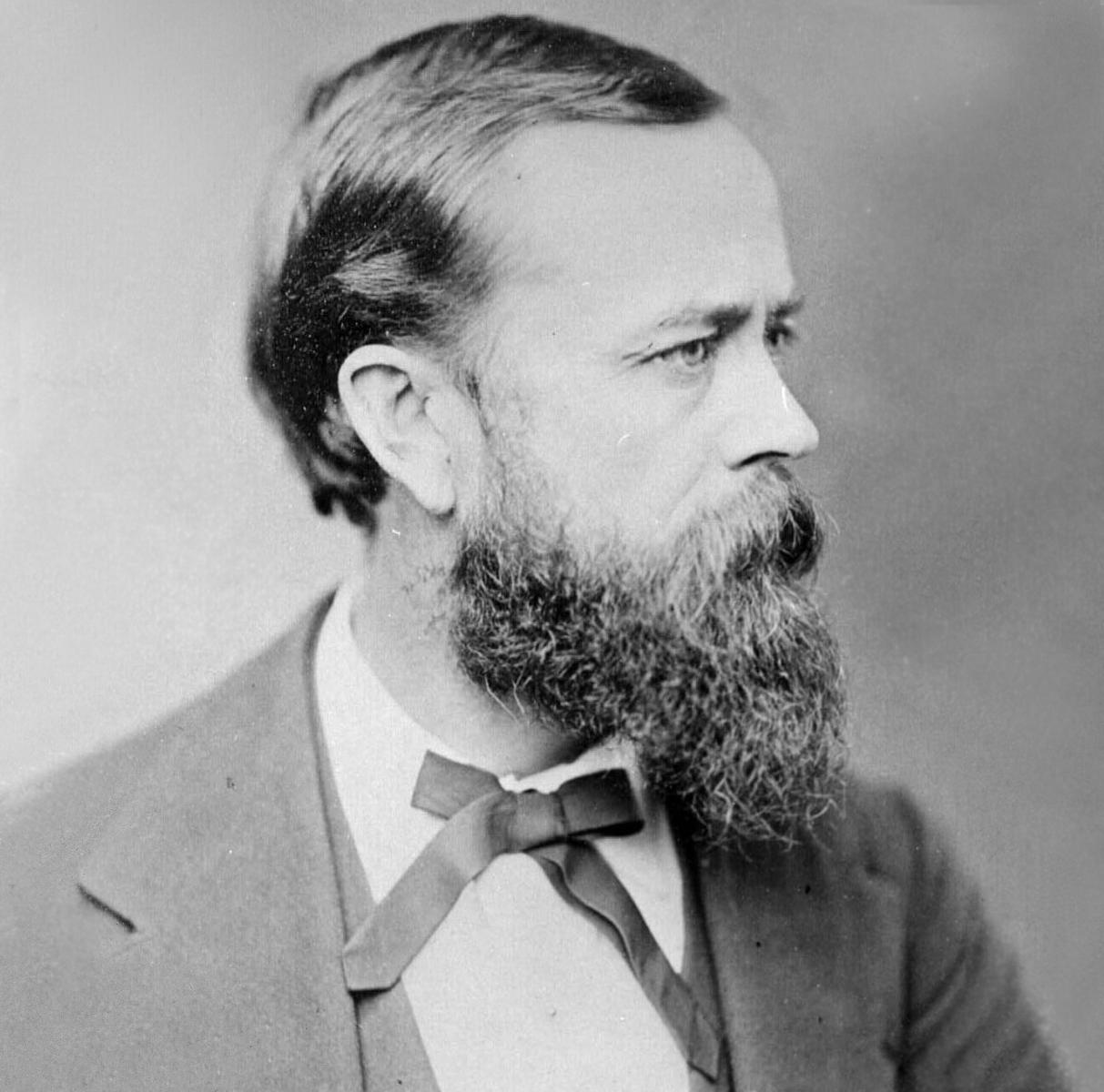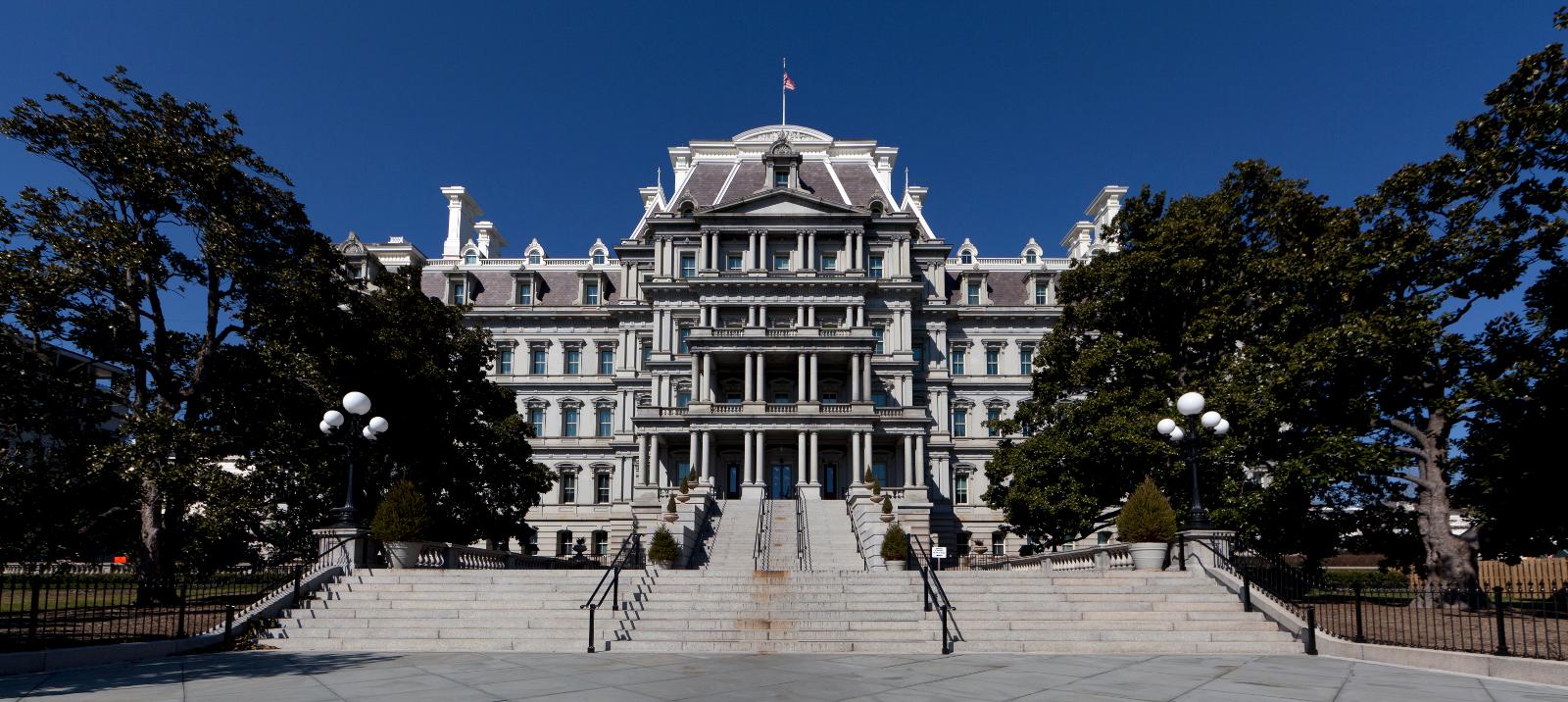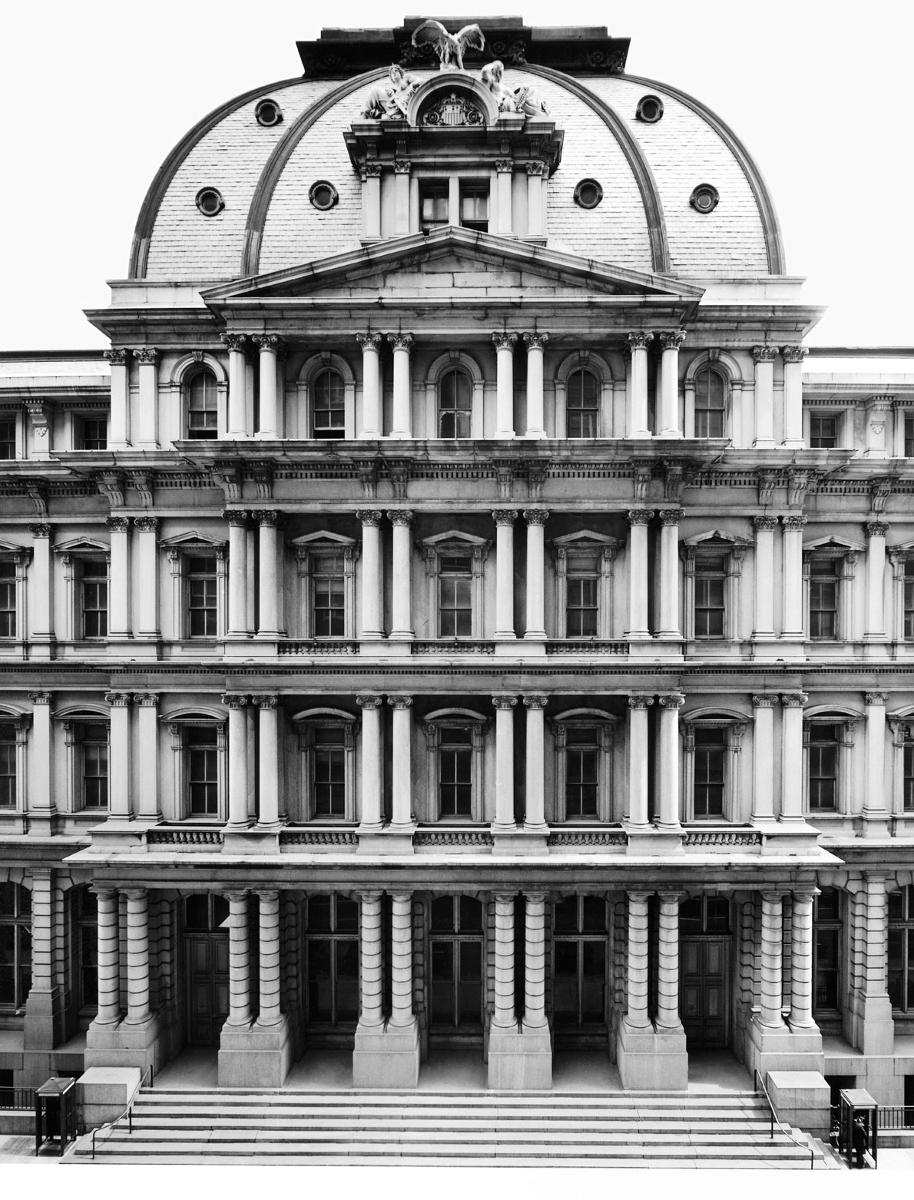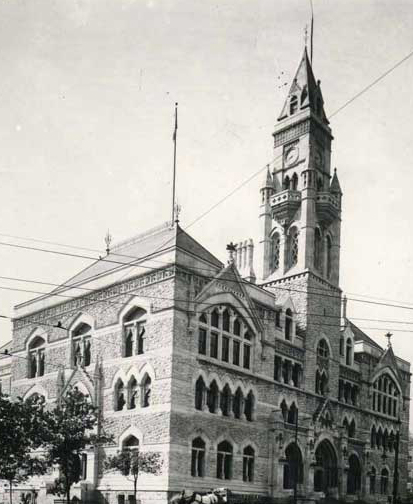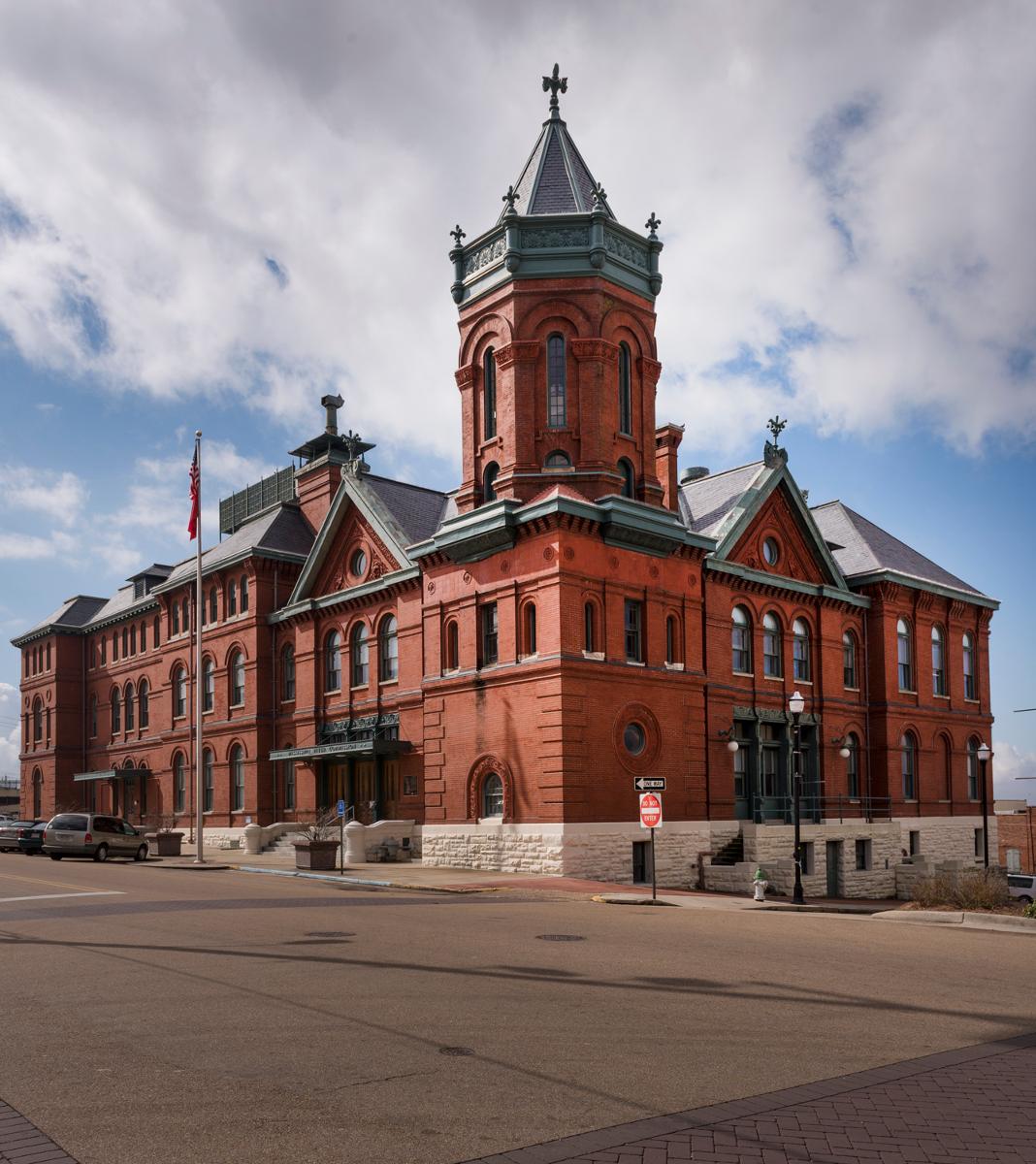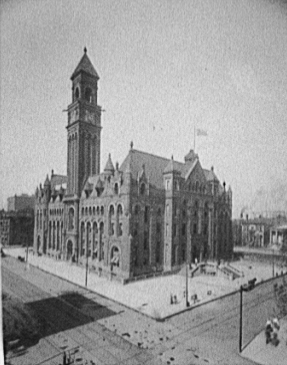
U.S. Pension Building Washington, DC. Constructed 1882-1887. Architect: Army Quartermaster General Montgomery C. Meigs.
Construction Begins on Pension Building
From 1887- 1926, the Pension Bureau distributed $8,300,000 in benefits to 2,763,063 veterans and their families of the Revolutionary War, the War of 1812, the Mexican War, and the Civil War. In 1881 the U.S. Congress directed General Montgomery C. Meigs (1816-1892), Quartermaster of the U.S. Army and a graduate of West Point, to develop a fireproof building for the Pension Bureau. Meigs envisioned the building as both office space and a monument to those who died in the Civil War.
The interior plan of the Pension Building is dominated by a Great Hall with 75-foot-tall colossal Corinthian columns. Today home to the National Building Museum, the building contains the grandest ceremonial space in the federal inventory.
Visit the Pension Building (National Building Museum), Washington, DC

 U.S. General Services Administration
U.S. General Services Administration
